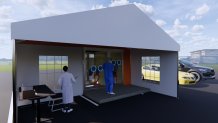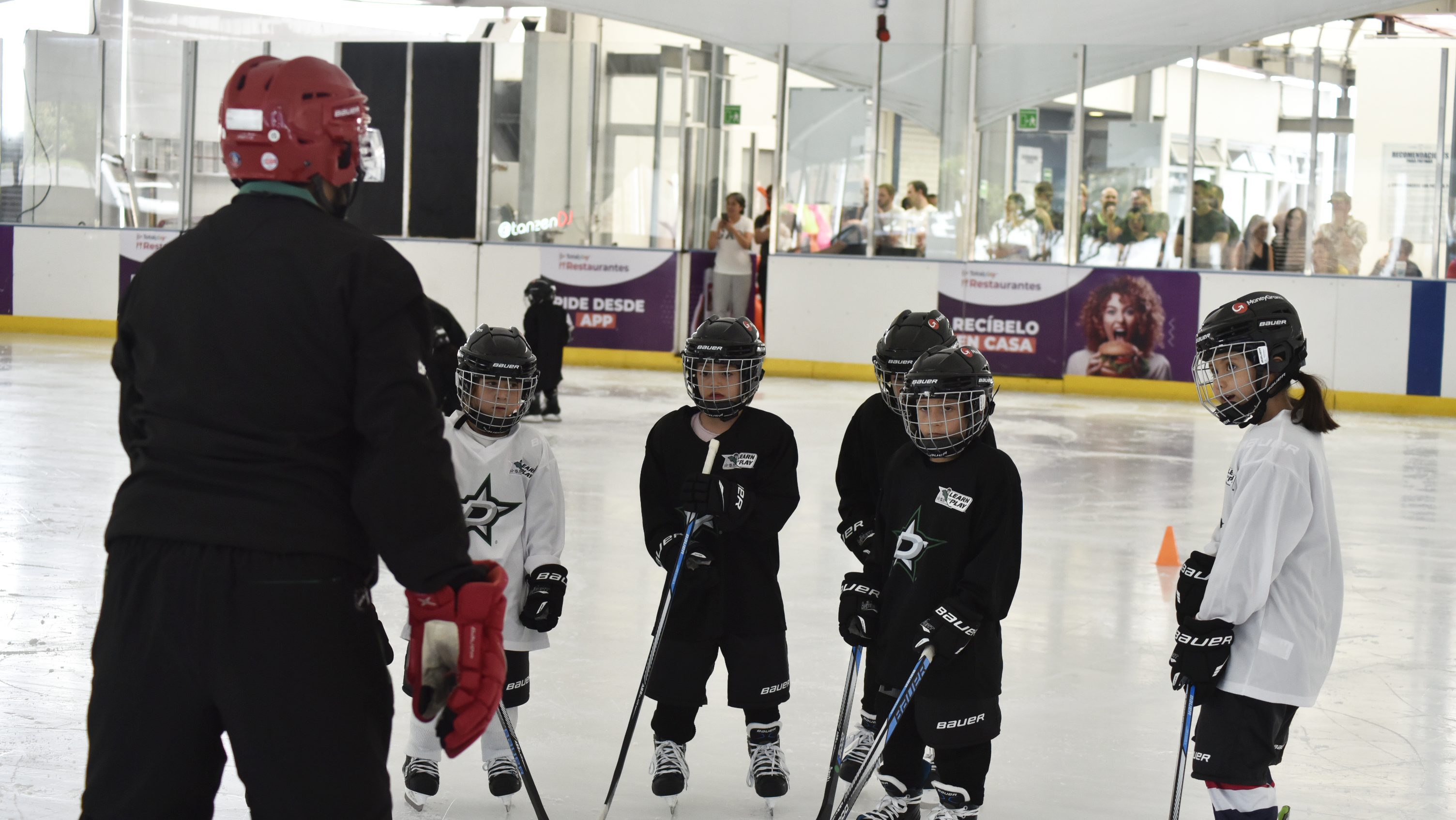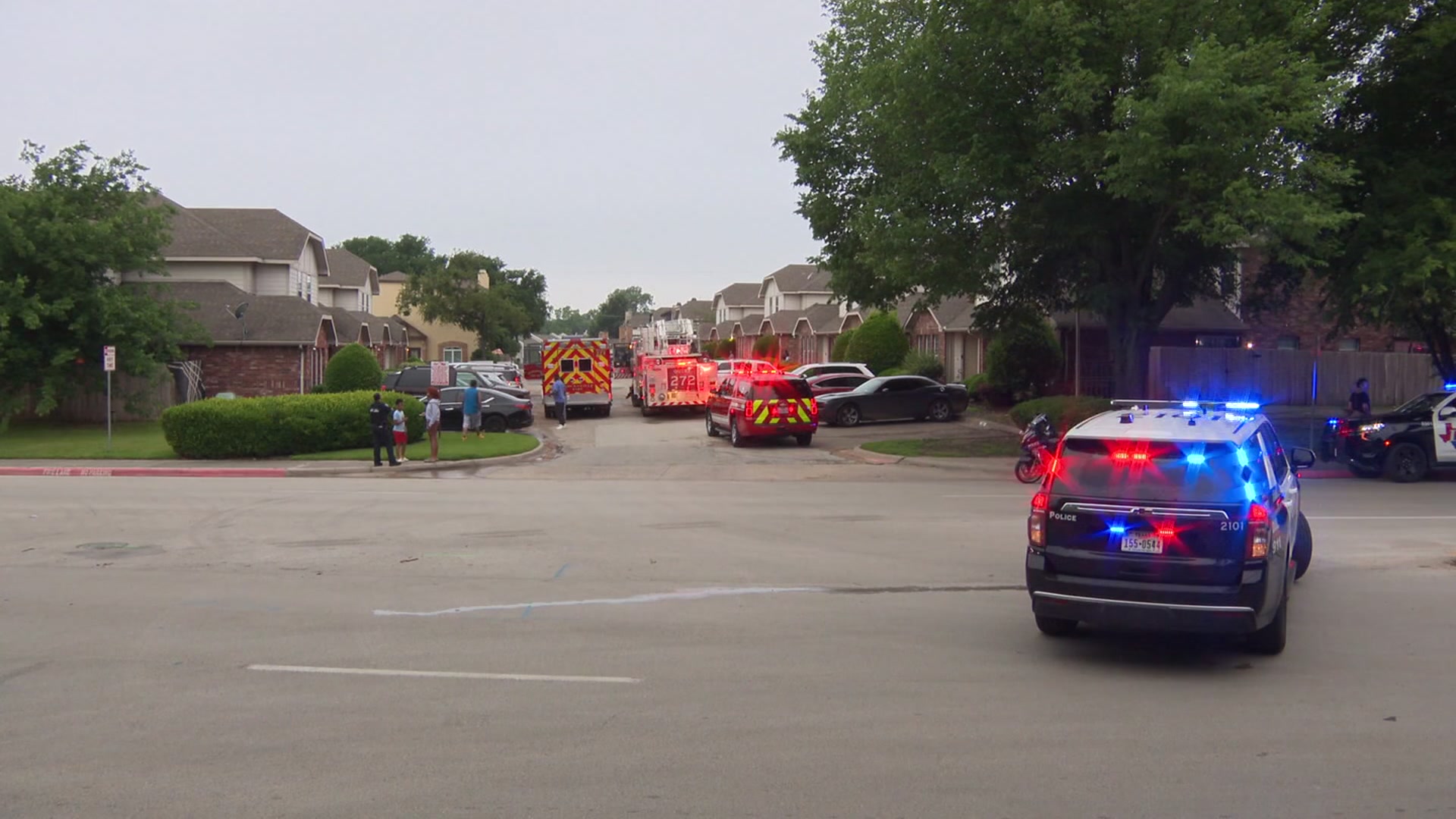In the past week, colleges and universities have made headlines as countless institutions across the country make the decision to reopen campuses for in-person classes this fall.
But the next step is the tricky part. How can this be done safely for faculty, staff and students to social distance?
That's why many schools are turning to architects and designers for help on how to do that.
CannonDesign, a global design and architecture firm with a robust office in Dallas, has been getting calls from many clients – mainly universities – asking for guidance on how to rework their spaces on campus.
Locally, the firm had a hand in revamping one of the libraries and the business school at Texas Christian University. Most recently, it also helped renovate the student union at Texas Woman’s University, which opened just weeks before the pandemic.
Don Hensley, Texas Education Strategy director for CannonDesign, said the basis of their concepts are about bringing students together in a learning space – something that seems almost futile, at least for now.
"Social distances and the way we socialize as human beings is really being challenged. It is weird,” he said. “Social ecosystems for learning and discovery are designed for people to gather and be in a place where they can share ideas and exchange knowledge. They’re really built on those principles."
Local
The latest news from around North Texas.
"We were developing active learning classrooms, where students are engaged in dialogue and discussion and debate rather than just sitting in their chairs taking notes," he added.
Hensley said his team is learning and adapting to our new reality, figuring out ways to accommodate social distancing with the existing spaces they helped create on some of these campuses.
“It’s really a problem for these schools because they were moving in a direction to adapt digital technologies and virtual learning but as a complementary component to learning on campus,” he said. “It’s really changed the thinking in the kind of spaces we were designing. A lot of them are empty right now because collaborations and sitting together just isn’t going to happen for a while.”
The designers have been in constant discussions with numerous universities and colleges, exchanging big ideas.
For one, proper signage will be an important component in showing where you can sit and stand.
“In the short term, you’re going to see a lot of solutions that mirror what you see at your grocery store, that mirror what you see at your bank or airport,” said Hensley. “You’ll see occupancy changes just like you’re seeing in restaurants, where there will be fewer students in a classroom.”
He said one asset most institutions have is a landscape campus environment outside and the space in between the buildings.
“It’s a place for people to separate, most of them are nice places to be. There are institutions that are talking about how they can enhance the landscape and use the outdoors in a more efficient and effective way to allow people to be present,” he said.
That means potentially taking the classrooms away from cramped spaces inside a building to the outdoor space with the help of a temporary structure.
“What would a pop-up outside classroom look like? Those ideas are being discussed. How do you move it, tear it down? How permanent is it, what is it made of? How many people does it accommodate?” he said.
Temporary is the keyword, according to Hensley. Ideas are focusing on mobile and temporary structures because universities are not thinking mid to long term, at least not yet.
“I think you’re going to see these solutions be mobile. There’s not going to be enough resources to create everything you need in every building, at every place. So these solutions need to be disconnected and moved pretty quickly,” he said.
Another issue to address is access-control. Designers are coming up with concepts on special tent structures that could be used for screening, monitoring or isolation.
Hensley's team provided a concept they've created showing an example of that:

“How do you screen and monitor who’s coming to campus and whether they are displaying symptoms or not?” Hensley said. “How do you control access to buildings and the campus in a way that makes sure we’re keeping everyone healthy and safe?”
Finally, as virtual teaching gains prominence and importance in the daily lives of students during the indefinite nature of the pandemic, Hensley said universities have been specifically asking for help in creating production space. The intent is to invest in the resources to create better quality video and virtual content professors to connect with their students.
"They just don’t have enough facilities to do that in a professional way and a lot of the stuff that’s going online is not exactly the kind of stuff you can put on Channel 5," he joked. "So they’re looking at ways to enhance their online presence as well."
Schools have just a few months to figure this all out. Many campuses are planning to reopen in the late summer semester or late-August.



